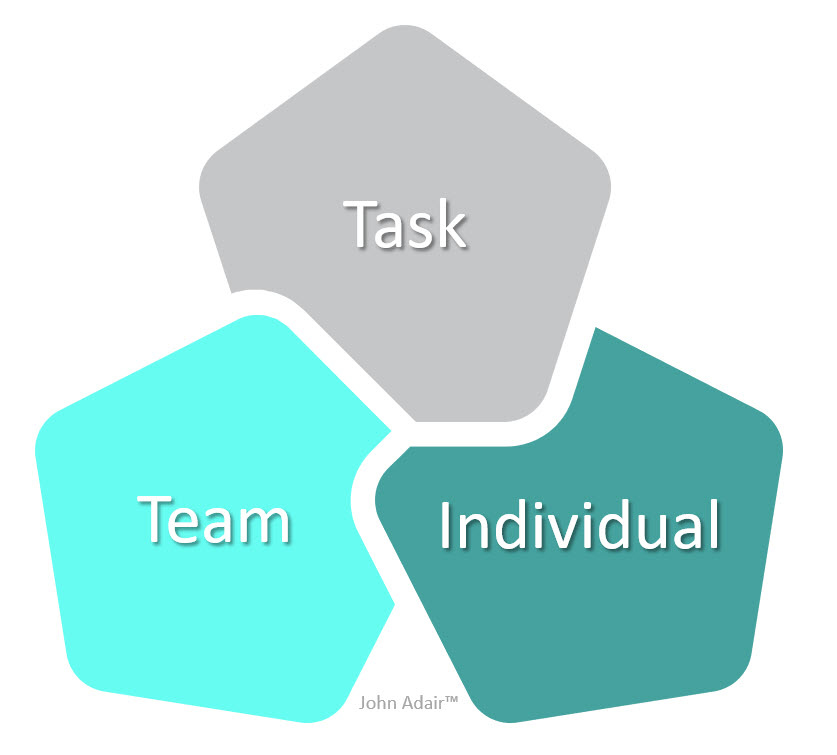Published by: Tamer Elogueil
Stepping into a leadership role transcends personal tasks to encompass managing a team and individuals. John Adair a prolific author with over 40 books, believed leadership can be learned. He pioneered the Action Centred Leadership Model in 1973 it builds on the work of Maslow, Herzberg, and Fayol regarding human needs and motivation. Adair's enduring popularity stems from the model's practicality – it applies to managers across industries and situations., remains relevant due to its practicality.
A Trainable Skill, Not Just Inborn Talent
Significantly, Adair's model was groundbreaking. He challenged the notion of leadership as solely an innate ability. He positioned it as a trainable and transferable skill rather than an innate trait.
The Action-Centred Leadership Model: A Simple Blueprint
Adair's model offers a clear framework for leadership and management. It focuses on three key areas that every leader must balance:
- Task: Achieving the set goals and objectives.
- Team: Building a cohesive and high-performing unit.
- Individual: Developing the skills and potential of each team member.

Understanding the Three Circles
The model is represented by three overlapping circles, symbolising the interconnectedness of these core responsibilities. Each area influences and relies on the others. Let's delve deeper into each circle and the leader's responsibilities within it.
Responsibilities in Task Management:
- Define the task, outlining aims, objectives, and directions.
- Establish clear success criteria.
- Identify necessary resources, including people and tools.
- Allocate responsibilities, objectives, and measures.
- Develop a plan with defined measures and timescales.
- Allocate work and resources efficiently.
- Delegate tasks to the team.
- Maintain standards, quality, and timelines.
- Monitor performance against the plan and adjust as necessary.
Responsibilities in Team Management:
- Set expected standards and tasks based on capabilities.
- Monitor and maintain team performance.
- Foster team spirit and collective capability.
- Motivate the team and provide a sense of purpose.
- Assess team performance and appoint sub-leaders.
- Facilitate open communication within the team.
- Identify group training needs.
- Provide group feedback and seek input.
Responsibilities in Individual Development:
- Understand individual personalities, skills, and needs.
- Provide support and guidance as needed, including personal issues if needed.
- Set clear objectives and goals.
- Acknowledge and provide feedback on performance.
- Delegate to high-performing individuals and maintain engagement.
- Reward high achievers and utilize individual abilities effectively.
- Identify learning needs and provide training opportunities.
- Define performance gaps and develop individuals.
Leadership Functions
In addition to the three key functions, Adair identified eight essential leadership functions
- Defining tasks - for both individuals and teams with clear SMART objectives.
- Planning - by information gathering and setting contingency plans.
- Briefing - teams and individuals to set expectations and standards.
- Controlling - resources and maintaining standards. excellent leaders get maximum results with minimum resources and mastering on-time decision making.
- Evaluating consequences and team performance.
- Motivating by setting realistic yet challenging targets. Recognise and reward achievement.
- Organising oneself, the team, and the organisation.
- Setting an example by being a role model for both individuals and the team.

Comments
No Comments added, be the first...